





Head muscles
The special group of muscles in a body of the person is made by head muscles. They are subdivided on mimic and chewing.
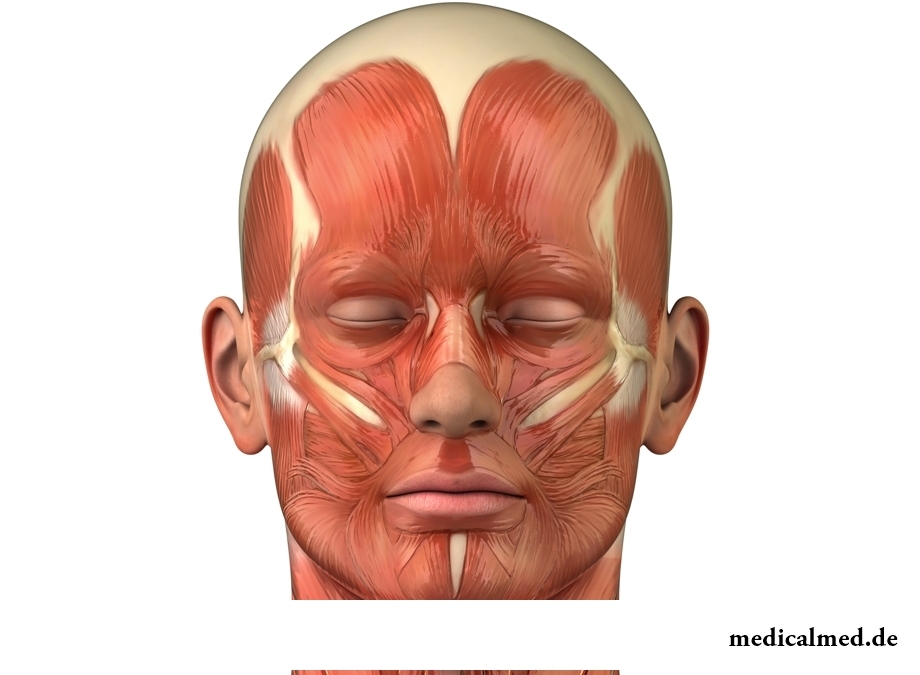
Mimic muscles of the head, unlike all others are attached to bones only by one party, and the second they strongly intertwine with head skin tissues. Some of mimic muscles begin not from skull bones, and from sheaves. One more distinctive feature of mimic muscles of the head is that they have no fastion.
Upper part of the head is covered with a nadcherepny muscle. It is formed by two muscles – frontal and occipital. They are spliced with head skin and in particular are responsible for the movements of eyebrows.
The main masseters are temporal and a masseter. They are attached by one end to skull bones, and another to a mandible.
In addition to these muscles to an occipital part of the head it is attached as well the trapezoid muscle which is responsible for formations of a bearing and a ducking.
Head masseters: functions
Masseters are responsible for the speech, swallowing and the most important as clear already from their name, for the act of chewing. At their reduction there is a mandible shift, than and the chewing movements are caused.
Mimic muscles of the head: functions
This group of muscles of the head causes a rich facial expression of the person. Various looks result from various combinations of reduction of this muscular group. Mimic muscles are grouped around oral and palpebral fissures, acoustical and nasal openings. At their reduction the gleam of these natural foramens increases, and at relaxation decreases.
Spasm of muscles of the head
The headache, to a huge regret, is well familiar and not by hearsay to most of adults. The most widespread type of a headache is tension headache. It results from a spasm of muscles of the head – scalp muscles (occipital, temporal, frontal), facial and/or trapezoid muscles. Actually in this case not the head hurts, and head muscles hurt.
At a spasm of muscles of the head there is a squeezing of the blood vessels located in their thickness. It leads to development of ischemia (air hunger) of muscles, their hypostasis and pain. As a result patients begin to complain of the monotonous, squeezing, pulling together or gripping pains. They describe them rather figuratively: "Pulled together the head with a hoop, a helmet, a vice".
Why head muscles hurt?
The spasm of muscles of the head leading to a headache of an overstrain can be caused by various reasons:
- Depressions, alarms, stress. In this case patients show complaints not only to a headache, but also various psychoemotional frustration – a bad dream, lack of appetite, decrease in intellectual and physical effeciency, the expressed feeling of fatigue, irritability, uneasiness.
- The fatigue of muscles of the head caused by long stay in forced poses (driving of the car, long work at the computer, work on the conveyor with small objects, etc.).
What to do when head muscles hurt?
If you because of a spasm of muscles of the head had a headache attack, then it is not necessary at once to begin to accept the anesthetizing medicines. In many cases walk in the fresh air, a hot shower, a heat bath and massage of muscles of temples, a nape, forehead helps to eliminate a spasm of muscles of the head. This massage is rather simple, and it can be executed independently. If the listed above actions do not give relief, then it is possible to take one-two pill of any anesthetic of drug. If attacks of a headache of tension arise at you rather often, it is necessary to ask for medical care.
In operating time our brain spends the amount of energy equal to the 10 Watts bulb. So the image of a bulb over the head at the time of emergence of an interesting thought is not so far from the truth.

Several decades ago the basil (the district khan, реан, Reagan) was considered as a part of the Caucasian or east cuisine, but today it is strong for...
Section: Articles about health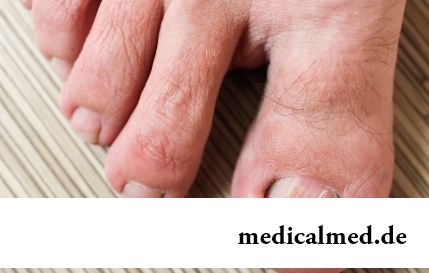
The word "onikhokriptoz" is unfamiliar to most of people, meanwhile quite so physicians call very widespread problem: the growing of edge of a nail into surrounding fabrics causing inflammatory process. Usually the illness affects thumbs of legs, and is followed покр...
Section: Articles about health
Extracorporal fertilization – one of the most modern methods of controlling with infertility. So far he already helped a significant amount of married couples to become happy parents. Usually to the EKO procedure difficult and very expensive, resort in those situations when all other ways to help couple to bring the child are inefficient. "Conception in a test tube" yields quite good results in cases of infertility of one of partners, existence at the woman of impassability of uterine tubes...
Section: Articles about health
For the city dweller the fitness is the most convenient sport. It is enough to acquire the subscription to the gym to receive to a toast...
Section: Articles about health
The sudden heat on all body which is followed by perspiration and a cardiopalmus – the phenomenon familiar to many people. Most often such states called by "inflows" result from nervous or physical overworks and disappear right after rest. Odn...
Section: Articles about health
Memory is an ability of the central nervous system to fix, keep and as necessary to reproduce information on knowledge or skills received by the person or an animal during life. The mechanism of this process is up to the end not studied....
Section: Articles about health
Obesity is called by a disease of 21 centuries, for the last 100 years by the number of the people suffering from excess body weight, considerably increased...
Section: Articles about health
One of the major chemical processes happening in a human body are oxidation reactions. They go with participation of fats and carbohydrates which we receive from food, and the oxygen getting to us from air. A main goal of such reactions is it is received...
Section: Articles about health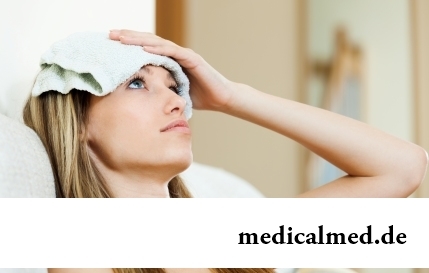
Good appetite was always considered as a sign of good health. The correct operation of the mechanism which is responsible for the need for nutrients and receiving pleasure from process of its satisfaction demonstrates that the organism functions without special deviations. On the other hand, appetite of the person is not a constant. It depends on the culture of food, flavoring addictions imparted since the childhood which can change during life, weather, mood and many д more than once...
Section: Articles about health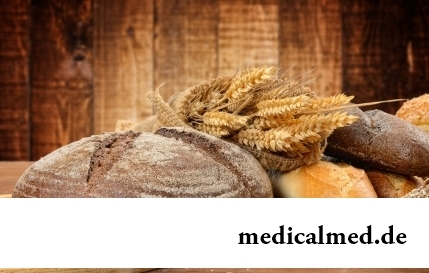
There is an opinion that at low temperatures safety of products is ensured longer and better thanks to what the refrigerator considers...
Section: Articles about health
What they, women? Beautiful, gentle, passionate and at the same time windy, gusty, and nervous. And what is stranger: have all these qualities of the woman at the same time. But here only the mood their time sharply changes on completely opposite: in the morning...
Section: Articles about health
Subfebrile temperature call fervescence to 38 degrees, and subfebrile condition - existence of such temperature over 3 days, and quite often it happens without the visible reasons. Existence of subfebrile condition - a strong indication of disturbances in an organism which can be caused by various reasons: disease, stresses, hormonal failures. Despite the seeming inoffensiveness it is a state at which people often continue to lead a usual life, often is a sign of many of a zabolev...
Section: Articles about health
The state of health of the person in many respects depends on food. The organism will well function if during food it are...
Section: Articles about health
Each person supports all life a SARS about 200 times. The peak of incidence falls on cold season, but it is possible to get sick with a temperature and a pharyngalgia, and sometimes and very possibly, even during a heat. The reasons for development of catarrhal diseases exists множество:...
Section: Articles about health
Very often as a source of the infection which caused a disease serves our house - the place which a priori has to be safe. However disease-producing bacteria can perfectly feel not only in insanitary conditions, but also in our apartment if not to carry out due care of favourite places of their dwelling. What they − sources of their reproduction? Let's consider 10 most widespread places in our house, the most dangerous from the point of view of infection with microorganisms....
Section: Articles about health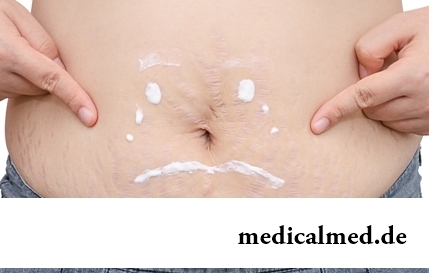
Striya (extension) are the defects of skin having an appearance of direct or wavy strips from 1 to 10 cm long and 1-5 mm wide. In the majority with...
Section: Articles about health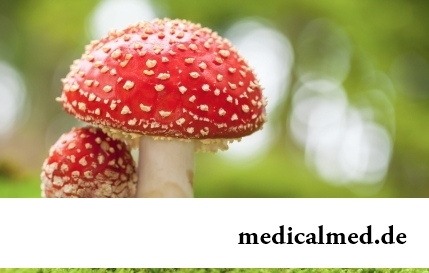
Mushrooms - the surprising inhabitants of our planet having a set of wonderful qualities. Thanks to one of them, a mold mushroom of Penicillium notatum, the first natural antibiotic - penicillin was received nearly 80 years ago. The mankind is obliged to this opening миллио...
Section: Articles about health
All know that self-treatment is dangerous. However absolutely it is almost impossible to do without it. Rate of modern life does not allow to handle each small trouble to the doctor and information on ways of independent delivery of health care is quite available. Means, all of us have only one: to learn to give this help competently and in those limits in which it is possible for the person who does not have vocational education....
Section: Articles about health
Practically each person is familiar with the annoying, pulling, unscrewing pains caused by overcooling of muscles of a back. In некото...
Section: Articles about health
The body of the person almost for 60% consists of water. It is so important for normal functioning of an organism that loss of only one and a half percent of liquid already leads to the most unpleasant effects. The problems connected with deficit of water can overtake and...
Section: Articles about health
Turnip, radish, horse-radish – once these and other products enjoyed wide popularity at our ancestors, being not only the food sating an organism but also the medicines curing of many diseases. Unfortunately, the use of some of them got out of fashion long ago, and once favourite plants and vegetables almost ceased to make a contribution to human health. Inclusion of such products in a modern diet − an effective measure of prevention and treatment of diseases which seldom suffered...
Section: Articles about health
All of us, unfortunately, should face flu nearly an every year. It would seem, so frequent disease has to be study...
Section: Articles about health
Cold, puffiness of a nose, itch, the watering eyes - characteristic symptoms of the allergic rhinitis resulting from hit of allergens (pollen, house dust, hair of animals, etc.) on a mucous membrane of a nose. Unpleasant feelings often deliver беспоко...
Section: Articles about health
You are office worker, the driver, the fan of winter sports or do not think of life without bicycle? You lead a slow-moving life and you move on the city only on the car? You have no constant partner and you do not love the protected sex? Attention! You unambiguously are a potential target for prostatitis. It is not necessary to panic, it is necessary to work....
Section: Articles about health
Physical activity is necessary for normal functioning of a human body. At a lack of the movement cease функц...
Section: Articles about health
Producers of milk mixes for children assure: mixes are ideally balanced and adapted for needs of babies. If mother should raise artificially the kid owing to serious problems with health, to do nothing – m substitutes...
Section: Articles about health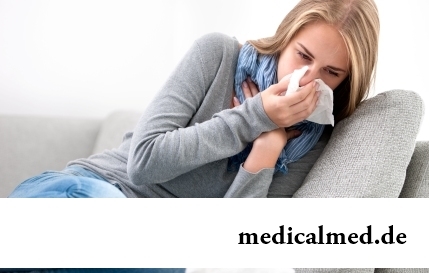
Cold is such painful that each sigh becomes a victory, heat "knocks" down, and the ache in joints forces to think only of pain. Some people with approach of the first symptoms of cold make the self-sacrificing decision to have a disease standing, and at best to rest in bed with a cup of hot tea. There is an opinion that if not to treat cold, then the organism itself, sooner or later, will overcome an illness. Whether so it? It is known that if in time it is simple not to begin treatment, apparently, harmless...
Section: Articles about health
